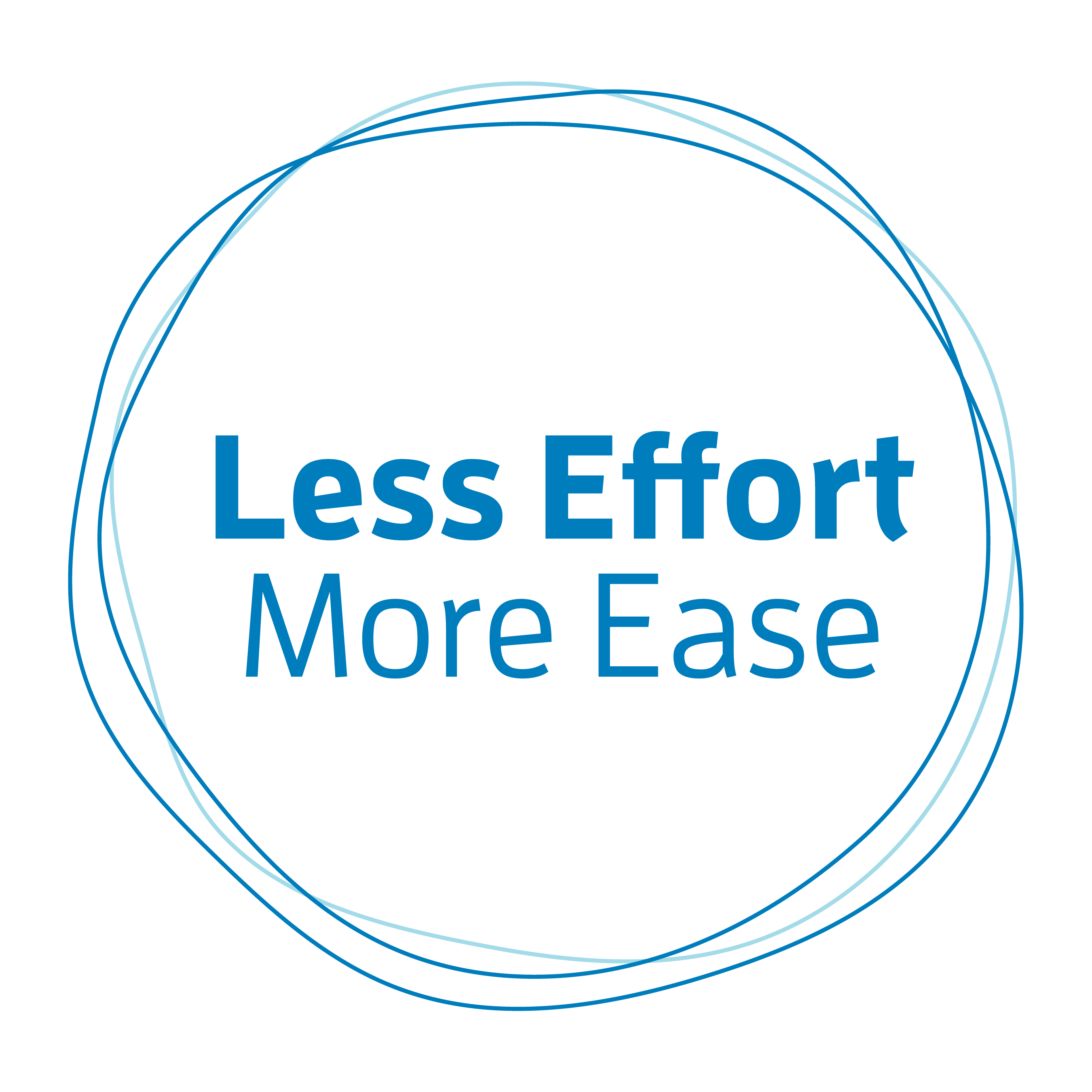The Alexander Technique has been around for 125 years. Research has documented reductions in chronic low back pain, neck, and knee pain from study of the Alexander Technique. More recently study of the Alexander Technique has been shown to be effective in controlling the symptoms of Parkinson’s disease. Other studies have found that lessons in the Alexander Technique can help make everyday movement easier, and improve balance.
Despite evidence of its wide-ranging benefits, a clear scientific explanation of how the Alexander Technique works has been lacking. This is primarily because the foundational science needed to test the underlying ideas—such as the relationship between mental and physical states—has only recently become available. Work has begun to change this.
Rajal Cohen, Tim Cacciatore, and Patrick Johnson have a unique combination of expertise in both the sciences and the Alexander Technique. Tim and Rajal are both scientists working in the field of motor control, and Patrick is a physicist. All three are certified teachers of the Alexander Technique. They are behind the new online resource Alexander Technique Science.
The goal of Alexander Technique Science is “to improve scientific understanding of the Alexander Technique—its principles, practices, reported and demonstrated benefits, and terminology”. As an Alexander teacher, student, or potential student this site is for you if you want to better understand the Alexander Technique from a scientific perspective.
Rajal Cohen, Tim Cacciatore, and Patrick Johnson recently published a paper in Kinesiology Review outlining a scientific model that argues the Alexander Technique works with two foundational aspects of your motor control system: postural tone and body schema.
Postural tone is the ongoing muscular activity that supports your body against gravity and other forces. Without postural tone, you would collapse in a heap on the ground. Body schema is your brain’s map of your body parts in space.
Is this beginning to sound interesting but a bit daunting to understand? If so, do not fret. There is a great lay summary of the study on the site as well as the original paper. In addition, they’ve produced a short video that explains the scientific paper. Start with that:
Have fun poking around their site. It’s a great new resource for our Alexander Technique community—and anyone interested in staying up to date on what’s new in the fields of mind, movement, and posture!
Image by Gerd Altmann from Pixabay




